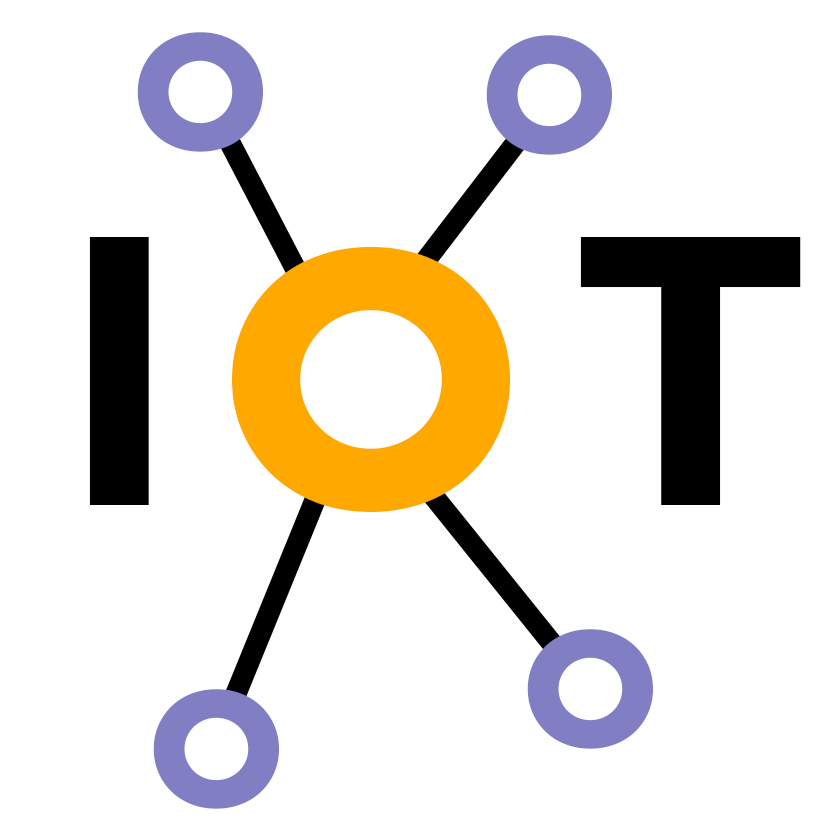Differences
This shows you the differences between two versions of the page.
|
iothings:proiecte:2021:smartstreetlightcontrolsystem [2021/12/20 02:25] mihail_eugen.pascu |
iothings:proiecte:2021:smartstreetlightcontrolsystem [2022/01/06 03:48] (current) mihail_eugen.pascu Added video link |
||
|---|---|---|---|
| Line 1: | Line 1: | ||
| ==== Smart Street Light Control System ==== | ==== Smart Street Light Control System ==== | ||
| <sub>author Pascu Mihail-Eugen</sub> | <sub>author Pascu Mihail-Eugen</sub> | ||
| - | <sub>ACES 2021</sub> | + | <sub>ACES 2021</sub> \\ |
| + | <sub>[[https://www.youtube.com/watch?v=Pv66tlE-ecg | [Youtube Video]]]</sub> | ||
| === 1.Project Objective === | === 1.Project Objective === | ||
| Line 55: | Line 56: | ||
| **Pole Code** is composed of the setup and loop functions and 5 tasks. This can be seen in the below diagram. \\ | **Pole Code** is composed of the setup and loop functions and 5 tasks. This can be seen in the below diagram. \\ | ||
| - | {{ setuppole.png }}\\ | + | {{ setuppole.png?500 }}\\ |
| A detailed explanation regarding the functionality for each part is presented in the next rows. | A detailed explanation regarding the functionality for each part is presented in the next rows. | ||
| * **setup function** configures the tasks that will be runned by the scheduler of the FreeRTOS, the serial console (used to get the status of the CentralHub that is connected via USB to a PC), the PWM for the Bulb and the pins that are used as input for the Photoresistor and PIR MovementDetection Sensor; | * **setup function** configures the tasks that will be runned by the scheduler of the FreeRTOS, the serial console (used to get the status of the CentralHub that is connected via USB to a PC), the PWM for the Bulb and the pins that are used as input for the Photoresistor and PIR MovementDetection Sensor; | ||
| Line 103: | Line 104: | ||
| === 7.Conclusions === | === 7.Conclusions === | ||
| - | Improvements: | + | The purpose of this project was to create a prototype that would show alternatives and improved ways of how the public lighting system could be improved. There is a long way until the classic lighting system will be replaced by smart one and limitations (like initial cost investment, cost of development and effort of installation), but, as shown in this project, a smart public lighting solution could solve many of the current issues. So maintenance time and cost will be decreased, power consumption will be decreased and public safety will increase. |
| - | geolocation (at least name of bulb with the location, or QR code on the pole); | + | |
| - | web server in parallel with the painless mesh and refresh info each minute; | + | The lessons learned during the development of this project are not few and here are just some of them: |
| - | SleepMode for less power consumption; | + | * how an RTOS is working; |
| - | the poles will communicate with adiacent ones (for extending the sensing capabilities of the poles or transmiting data from poles to the central station). | + | * the importance of a good system architecture before the starting of the software development; |
| - | the central station will log data to cloud. | + | * the EPS32 microcontroller; |
| - | Time interval control. | + | * web server development (html, css and javascript); |
| - | IP of webServer to be displayed on an Screen connected to centralhub in this way, no PC connection is needed anymore. Faster connect. | + | |
| + | For future development, a list of improvements will be provided: | ||
| + | * added geolocation (using a GPS module) of the pole: in this way, when the pole report a faulty bulb, it will send also the location of it so the maintenance team will fix the issue as soon as possible. A simpler and economical implementation (not using GPS module) is to give the poles some naming related to their location; | ||
| + | * the web server to run in parallel with the mesh network: in this way all the configuration changes requests from the user will be done instantly to the poles; and also, the data from the poles will be refreshed on the web server as soon as available; | ||
| + | * make use of the sleep modes of the ESP32 to reduce even further the power consumption of the system; | ||
| + | * light to be controller via a fixed time interval; | ||
| + | * the central hub could log data to a cloud, for it to be available to the user any time it has internet connection; | ||
| + | * the poles to communicate with adjacent ones for extending the sensing capabilities (movement, light intensity, others) of the poles; | ||
| + | * the IP of the webServer to be displayed on a screen that is connected to the centralHub in order to avoid the serial connection between the computer and the centralHub. In this way, the system will me more independent from other devices and also, it will be easier to use. | ||

